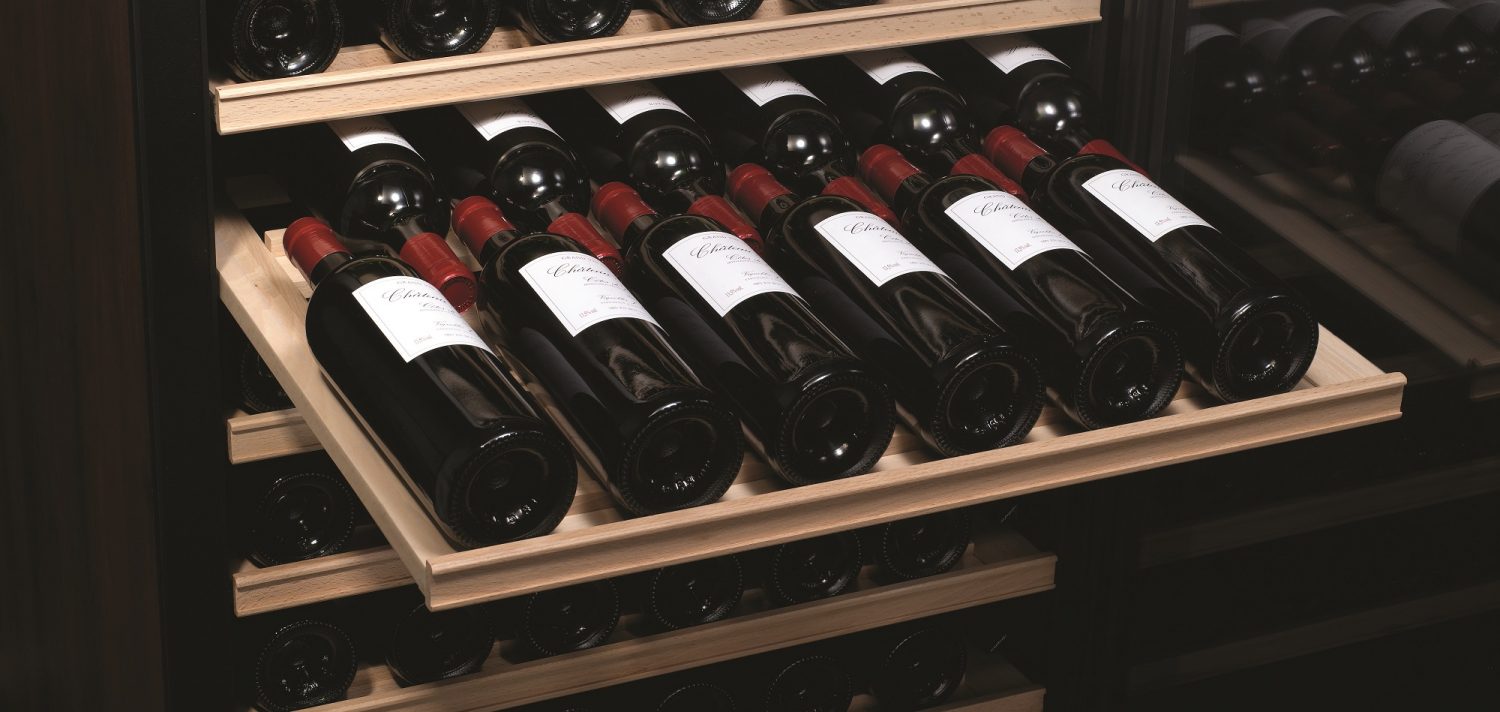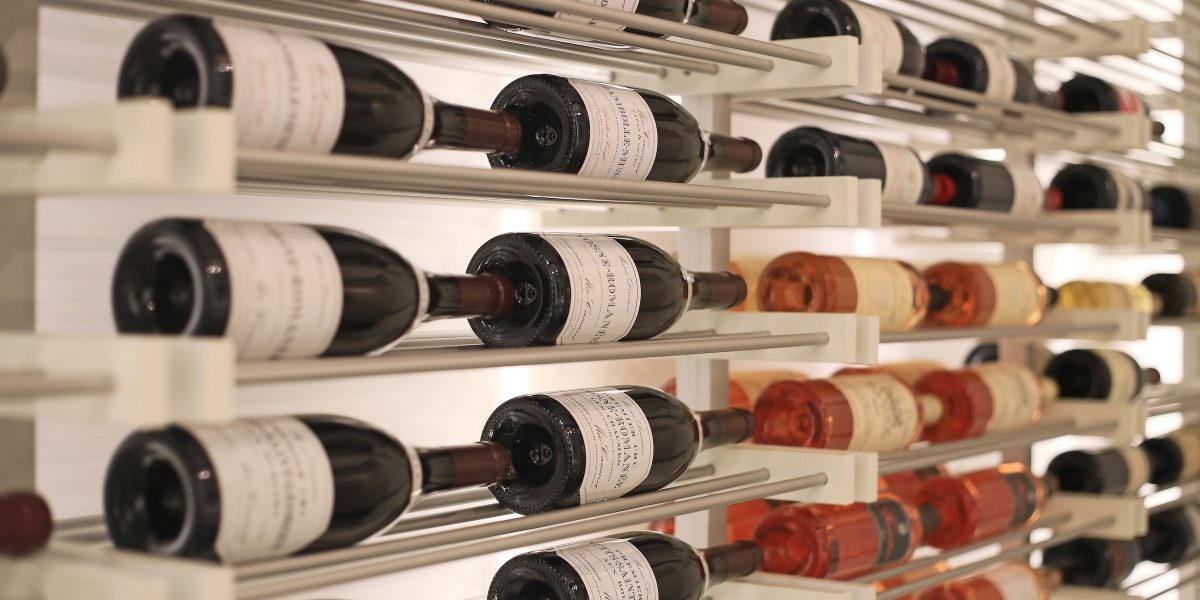Whether you’re a casual wine enthusiast with a few dozen bottles or a serious collector with hundreds of vintages, properly cataloging your wine collection is essential for maximizing enjoyment and protecting your investment. A well-organized wine inventory prevents duplicate purchases, helps you track drinking windows, and ensures you can quickly locate the perfect bottle for any occasion.
The key to successful wine cataloging lies in choosing the right organizational system, implementing consistent labeling practices, and maintaining accurate digital records. By following proven strategies used by wine professionals and collectors worldwide, you can transform your wine storage from a chaotic jumble into a sophisticated, easily navigable collection that enhances your wine experience and preserves the quality of every bottle.
Essential Organization Methods for Every Collection Size
The foundation of effective wine cataloging begins with selecting an organizational system that matches your collection size and drinking preferences. For smaller collections under 100 bottles, organizing by color provides the simplest approach—grouping reds, whites, rosés, and sparkling wines for easy identification.
As your collection grows beyond 100 bottles, consider organizing by grape varietal, grouping all Cabernet Sauvignons, Chardonnays, and Pinot Noirs. This method works particularly well for New World wine collections where varietal character takes precedence.
For collections exceeding 200 bottles, the regional organization becomes highly effective. Create sections for different countries like France, Italy, and the United States, then subdivide by specific regions such as Bordeaux, Tuscany, or Napa Valley. This geographical approach not only aids in bottle location but also encourages exploration of different regional wine styles.
Producer-focused organization works exceptionally well for collectors who follow specific wineries or join wine clubs. Group all bottles from the same producer together, regardless of varietal, which proves valuable when tracking vertical collections or special releases.
Professional Labeling and Tagging Systems

Implementing a comprehensive labeling system dramatically improves collection accessibility and management. Wine tags represent the most practical solution for quick bottle identification, especially when wines are stored horizontally or at angles where labels aren’t easily visible.
Essential information for wine tags includes the wine name, vintage year, grape varietal, region of origin, purchase price, purchase date, and optimal drinking window. Consider using color-coded tags to create visual shortcuts—red tags for wines requiring further aging, yellow for approaching maturity, and green for immediate consumption.
For premium bottles or special occasion wines, include additional details such as purchase location, current market value, and specific storage notes. This comprehensive tagging approach prevents accidental consumption of valuable bottles intended for aging or special events.
Digital Inventory Management Solutions
Modern wine collecting demands digital inventory systems that provide comprehensive tracking capabilities beyond simple spreadsheets. Popular wine inventory apps like CellarTracker, VinoCell, and Vivino offer barcode scanning, automated drinking window calculations, and integration with professional wine ratings.
These digital platforms allow you to record detailed tasting notes, track consumption patterns, and receive notifications when wines reach optimal drinking windows. Many apps also provide market valuation updates, helping you monitor your collection’s investment potential.
For collectors preferring traditional methods, custom spreadsheets remain viable options, particularly for smaller collections. Include columns for wine name, vintage, varietal, region, purchase information, current location, and drinking recommendations. Regular updates ensure accuracy and prevent inventory discrepancies.
Maintenance and Best Practices
Successful wine cataloging requires consistent maintenance and regular inventory updates. Establish a monthly review schedule to record new acquisitions, note consumed bottles, and update drinking window assessments. This routine prevents inventory drift and maintains collection accuracy.
Train all household members or staff on your chosen system to ensure consistent data entry and proper bottle handling. Regular physical inventory counts, conducted quarterly or semi-annually, verify digital records and identify any storage issues requiring attention.
Remember that effective wine cataloging serves both practical and investment purposes—protecting your collection’s value while enhancing your wine enjoyment through organized, accessible storage.


